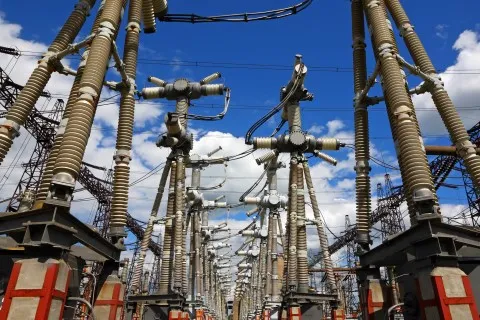
Drones are the new toys for the big power utility boys
Drone market's revenue is forecasted to hit $1.6b by 2024.
When power utility inspection services provider Metalcare Solutions Asia launched a commercial unmanned aerial vehicle (UAV) school in Singapore, power utilities are among those who jumped at the opportunity. Drones are the new toys for utility owners and operators when it comes to inspecting power plants and even wind turbines. Just late last year, Singaporean startup SwarmX unveiled a collaboration with DNV GL to deploy drone docking stations to monitor wind and solar farms. It was a move meant to capture the growing market of renewable energy operators in Southeast Asia that are using drones to inspect their assets.
Drone sales and services for wind turbine inspection is a booming business, with annual revenue expected to reach $1.6 billion by 2024, according to Navigant Research. Drone inspection is expected to increasingly complement current wind turbine blade operations and maintenance practices.
For example, SwarmX’s fully automated drone docking station, branded as The Hive, enables companies to monitor production and performance of a wind or solar asset, prevent problems form occurring, and help respond if problems arise.
“It is increasingly important for renewable energy providers to look beyond capacity to improve energy efficiency and asset optimization,” said Mathias Steck, executive vice president Asia Pacific at DNV GL – Energy.
At the start of 2015, there were nearly 270,000 individual wind turbines operating globally, and each of these possess a set of blades constantly exposed to the elements and suffering wear and tear. Drones are playing a larger role in helping inspect turbine blades and ensure they are in tip-top condition.
"Drone wind turbine inspections are a game changing solution for the wind industry, providing safer inspection techniques, faster turnaround times, lower operations and maintenance costs and improved reliability," says Ted Hofbauer, ABS group director of Renewables Business Development. "These inspections are ideal for maintenance and especially for emergency situations in which climbing is not possible," adds Michael Singer, CEO of DroneView Technologies.
The reliability and efficiency of wind turbines can be negatively affected by the condition of the equipment, which can experience wear and tear, fouling, erosion and lightning strikes. "Current practices for inspections of blades have been made by climbing crews, which can be high-risk, costly and time consuming," Hofbauer explains.
Jesse Broehl, senior research analyst with Navigant Research agrees, saying that “Each individual wind turbine blade needs to be inspected at minimum once a year during a turbine’s average 20-year lifespan because blade deterioration can reduce a turbine’s ability to produce power at best and cause total system failure at worst.”
He says drones provide quicker and less risky blade inspection than rope-based techniques, and can provide high-resolution images that are essential for operations and maintenance.
But drones carry their own set of limitations when used for site inspection. Operators must take into account the drop in drone performance in extreme conditions such as days that are hot and with strong winds, says Talay Jiamjaratrangsee, GIS engineer at Poyry Energy in Thailand.
The drone’s battery temperature increases dramatically when operating in direct sunlight, and will affect total flight time. The same goes for flying against strong winds, which drains battery life and slows down the drone.



















 Advertise
Advertise







